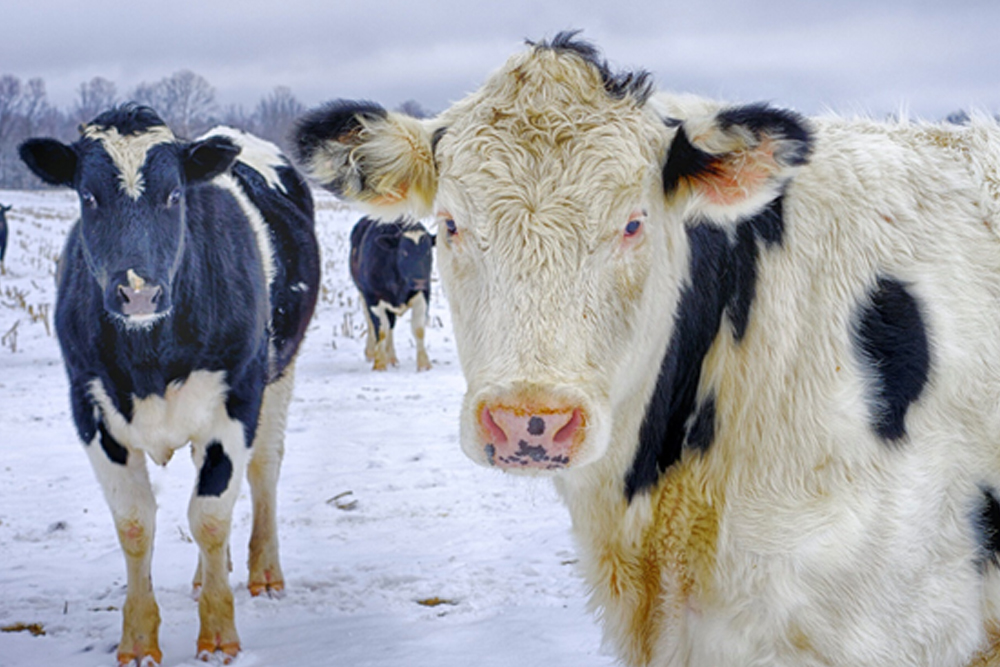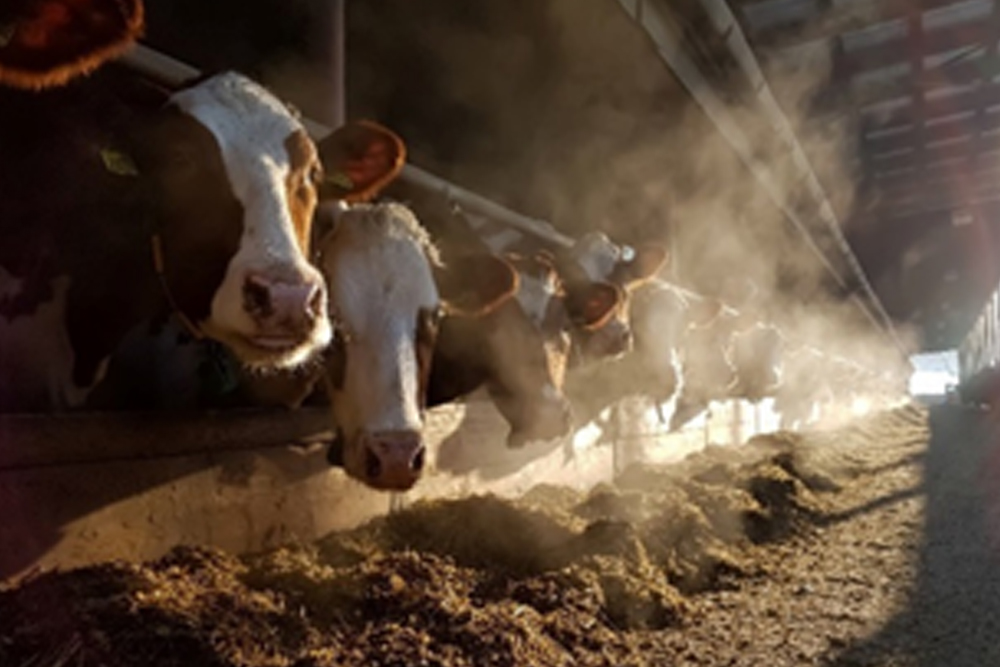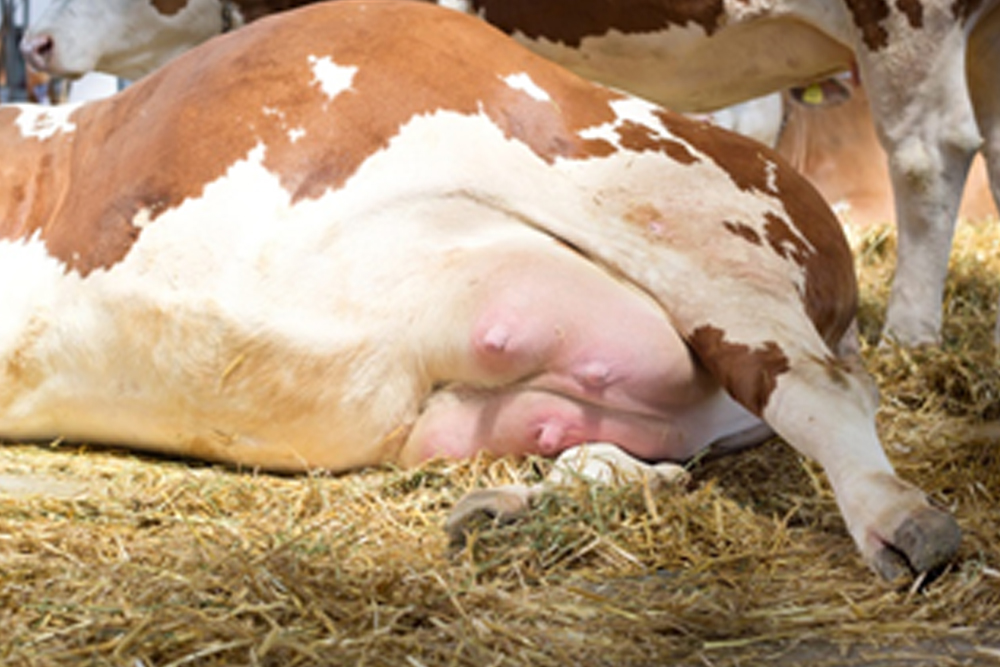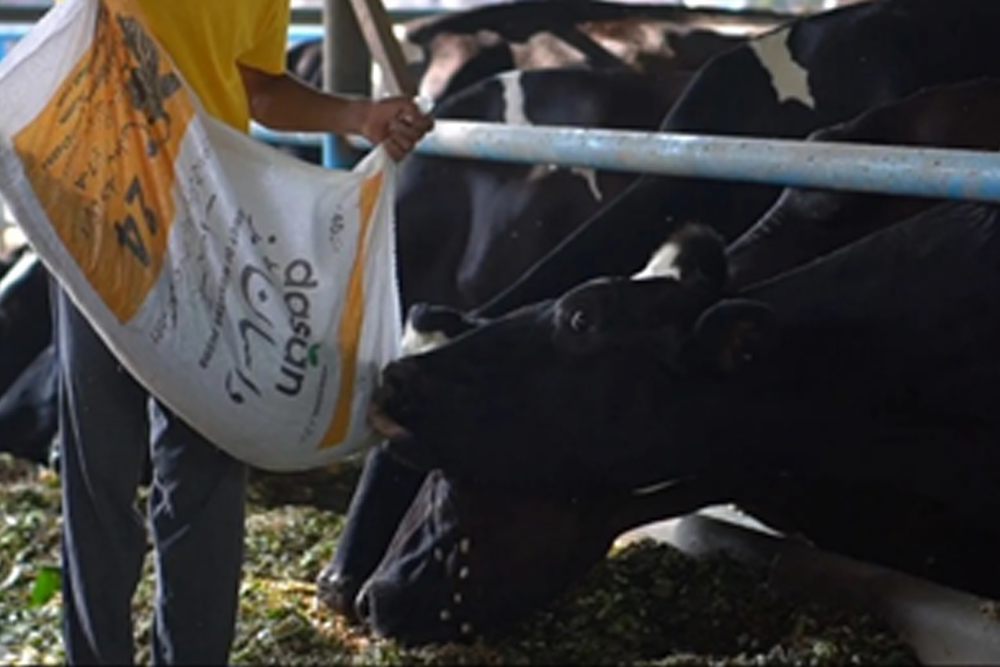PROTECTIVE MEASURES TO AVOID COLD STRESS IN DAIRY ANIMALS

With the onset of winter season, animals often refuse to eat, become febrile and show pneumonic symptoms. This not only affects the milk production but results in health and reproductive problems.
When an animal is suffering from cold, its productivity is also affected because he will consume an increased proportion of energy to maintain body temperature and productivity depends on the animal’s ability to maintain a normal and stable body temperature.
When animals are housed in proper sheds that minimize the effects of fluctuating environmental temperatures either in hot or cold season but animals housed under loose housing systems like under trees they need special attention to protect them from cold stress.
Although animal breed, age and lactation stage contributes to milk quality like fat and SNF but cold weather also directly impacts the milk quality.
As cold stress results in energy loss of the animals so it can be accomplished by providing them high energy or extra calories feed/ Dasan dairy feed, side by side their good management.
Although animal breed, age and lactation stage contributes to milk quality like fat and SNF but cold weather also directly impacts the milk quality.
As cold stress results in energy loss of the animals so it can be accomplished by providing them high energy or extra calories feed/ Dasan dairy feed, side by side their good management.

Apart from this the extra energy-rich grains at approximately 0.8 per cent of body weight should be fed to counter the stress of cold for maintaining normal milk production and other activities.
The effects of cold stress on metabolic and physiological adaptations of animals
- Increased dry matter intake to raise the heat production
- Increased rumination
- Increased gastrointestinal tract motility
- Increased rate of passage of feed and liquid in the rumen and digestive tract
- Increased basal metabolic rate and maintenance energy requirements.
- Loss of body weight.
- Use of body tissue to maintain energy levels causes the immune system to be depressed and less responsive to challenges.
- Increased body oxygen consumption
- Increased cardiac output
- Increased adrenalin, cortisol and growth hormone levels
- Increased lipolysis, glyconeogenesis, glycogenolysis
- Increased hepatic glycose output
- Decreased rumen volume
- Decreased dry matter digestibility
- Decreased insulin response to a glucose infusion
- Decreased temperature of skin, ears, legs
- For the dairy cows cold should be considered as a local problem. Direct chilling of the udder depends as much on the thermal properties of the floor as on the temperature.

Protective measures to prevent the effect of cold stress
- Cold weather increases feed needs of cows. So always feed them high energy feed/ Dasan feed/ Pakistan’s best dairy feed / wanda
- Shed can be covered from the sides to increase temperature
- Supply of heating in the winter keep the calf healthy, less chances of calf pneumonia, diarrhea and mortality.
- Ventilation should be carried in afternoon.
- Less water should be used in winter barn to wash the ground and dry cleaning should be followed.

- In the afternoon sunlight cattle should be kept out of the shed.
- Bedding should be provided to protect them from cold floor.
- Make sure availability of fresh water in the water troughs, drain night water from the water trough in the morning.
- Fresh or lukewarm water should be provided for drinking purpose.
- Cows need dry, draught-free sitting bunkers/ resting area.
- Having dry teats when the cow leaves the parlor is important.

